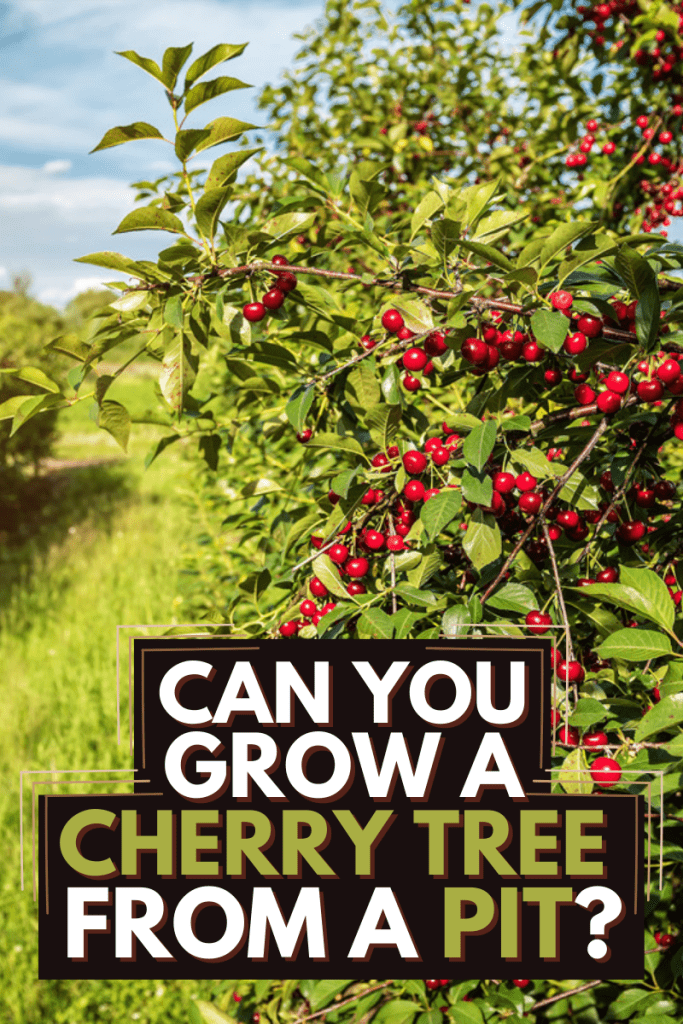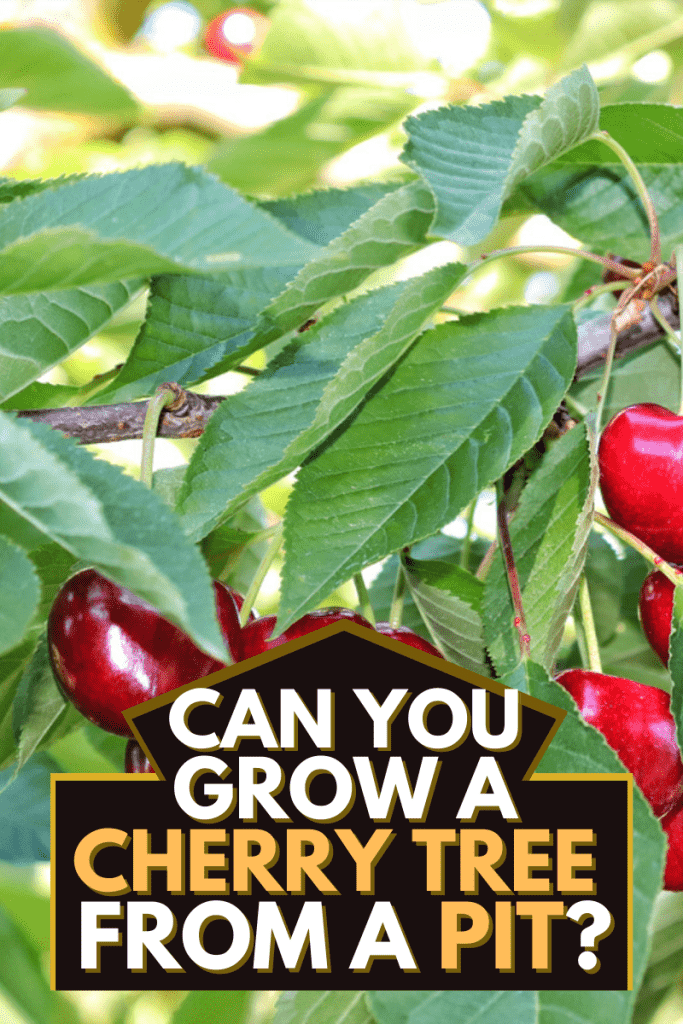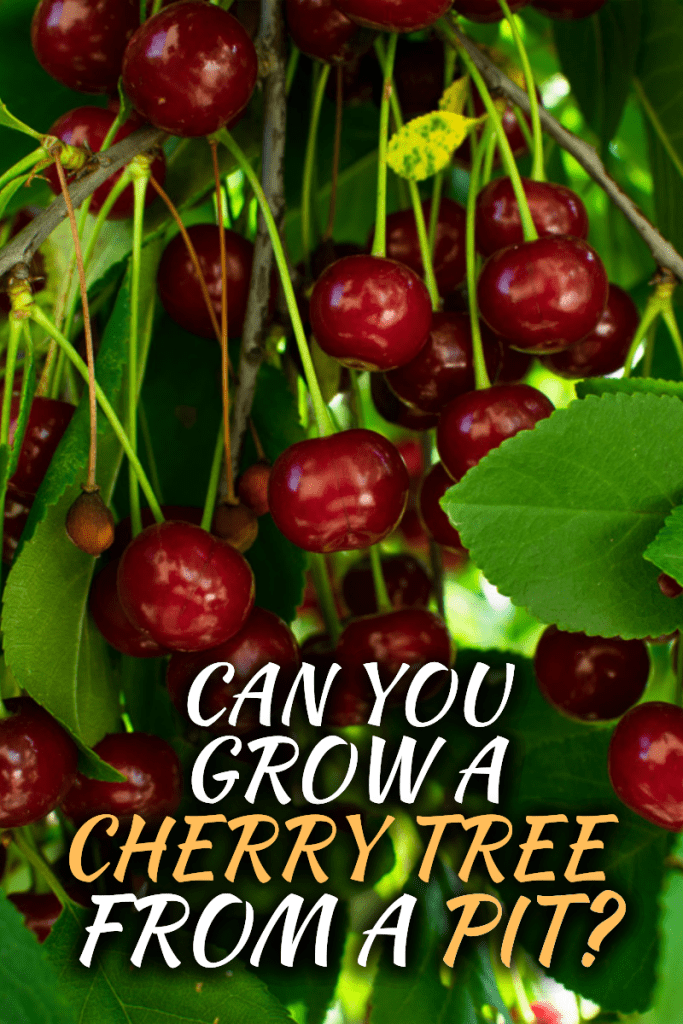Whether sweet, sour or somewhere in between, Cherries are a delicious summertime treat. You can bake them in a pie or a cobbler or enjoy them fresh out of the bag or off the tree. But what if you want to grow your own tree? Can you expand a cherry tree from a pit? We've done the research and have all the answers you need.
Yes, you can grow a cherry tree from a pit. However, any fruit your tree produces will probably not be faithful to the original cherry and may or may not be edible. You will have the best luck choosing a pit from a cherry grown locally rather than from a grocery store.
Keep reading for more information on the steps you need to follow to prepare your cherry pit for planting. We'll also tell you why the fruit your pit produces might not be true to the original cherry and where cherry trees grow best.
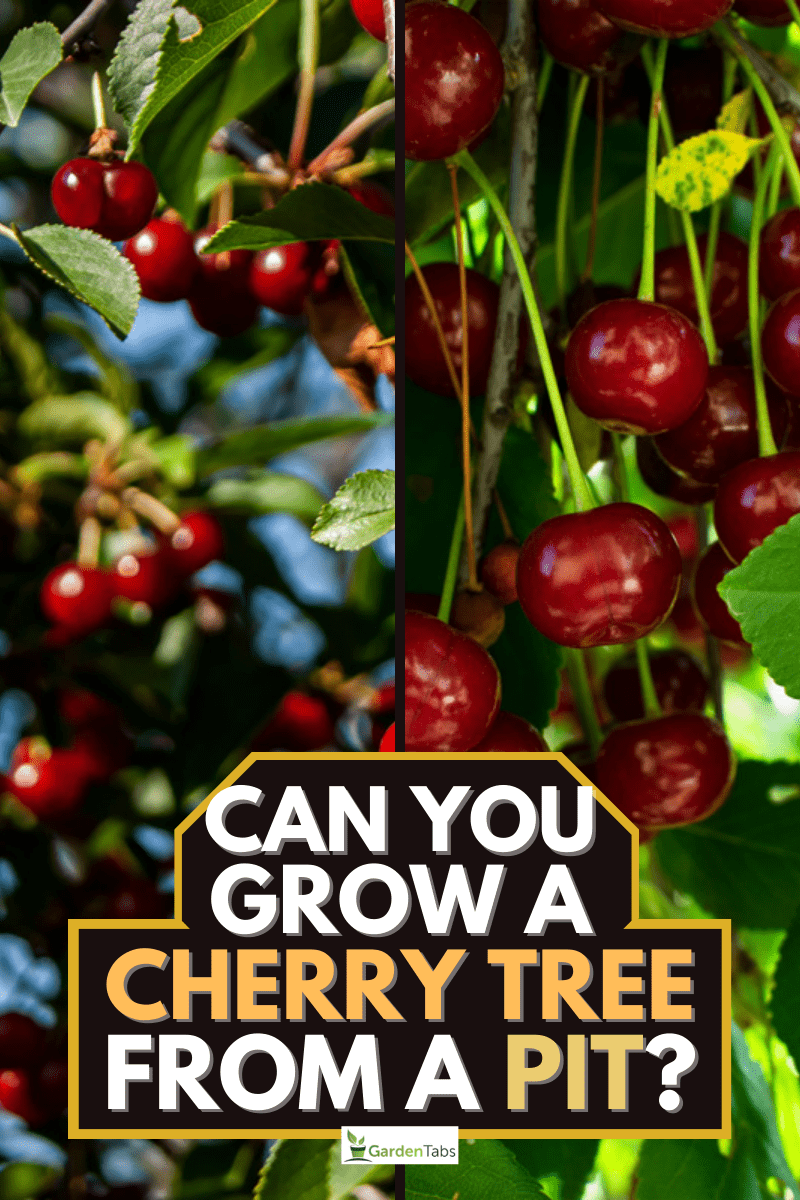
Can You Grow a Cherry Tree From a Pit?
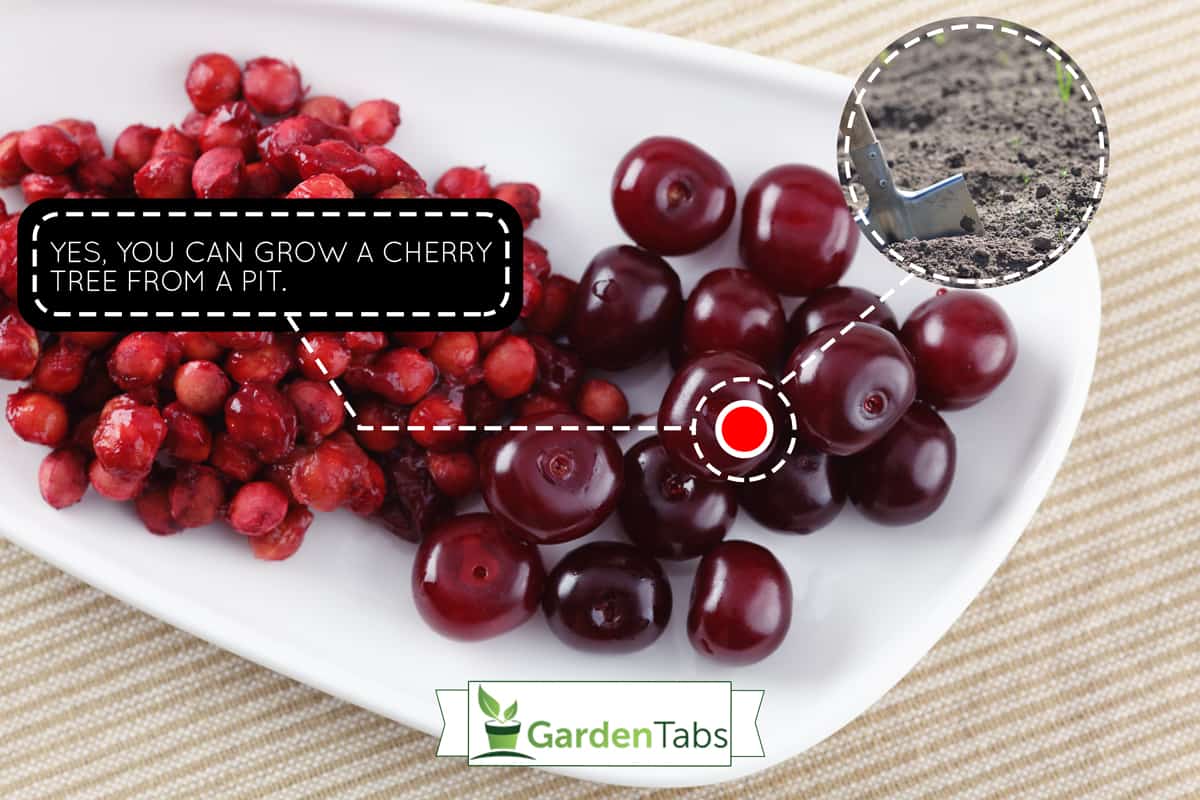
Cherry trees can be grown from their pits or seeds. This can be a fun gardening experiment; however, the fruit your tree produces likely won't match the original cherry the pit came from. While different, the fruit your tree grows could still be edible and tasty. Or it might produce bitter fruit and only be suitable for birds and other wildlife to eat.
If you're willing to take the chance and don't mind if the tree you grow is simply ornamental, planting and growing your cherry tree from a pit can be an exciting and educational activity.
Why Will the Cherries Grown From a Pit Be Different Than the Original Cherry?

Many cherry trees, especially the most popular varieties of sweet cherries, require cross-pollination to produce fruit. This means you must plant two different but compatible cherry tree varieties near each other for the trees to be successfully pollinated and set fruit.
Since the genetic material that creates a cherry seed comes from two different trees [two parent trees], the new tree grown from that seed will not be exactly genetically identical to either of the parent trees. And the fruit the new tree produces will also not taste the same either.
Growing a cherry tree with fruit like the original variety must be created through grafting or propagated with a cutting. Trees produced through grafting or cuttings are essentially clones of the original tree, which means they have identical genetics and produce identical-tasting fruit.
If your main goal in growing a cherry tree is to enjoy eating your favorite variety of cherry from your backyard, your best bet is to buy a few cherry tree saplings from your local nursery or online and plant those. These trees will have been created from either grafting or cuttings and produce fruit true to that variety. They will also produce fruit faster than a tree grown from a pit.
But if you don't mind a few surprises and waiting a few extra years, growing a cherry tree from a pit can be a fun gardening adventure. And you might end up with a new variety of cherry you love even more than the original.
How to Grow a Cherry Tree From a Pit

While it's technically possible to simply throw a few cherry pits out in your yard and have the trees naturally sprout up as they would in the wild, you will have much more success if you follow specific steps to prepare them for planting instead.
Step 1: Find Cherry Pits
When choosing cherries to plant, you will likely have better luck if they come from a local orchard or farmers market rather than the grocery store. If the cherry was grown locally, you'd know it is suited to your local growing conditions and climate. Fruit from the grocery store could have traveled from several states away and not be suited to your area.
Step 2: Clean the Cherry Pits
First, you'll need to eat the cherries [the best part of the process!], and then you'll need to clean the pits. Not all pits will sprout, so you'll want to save a big handful rather than just one or two.
Soak them in warm water and gently scrub them to remove any remaining fruit. Allow them to dry out for a few days, and then store them in an airtight container until you are ready for the next step.
Step 3: Prepare to Cold Stratify the Cherry Pits
Cherry pits must undergo a cold treatment or stratification process before they will germinate. In nature, this happens during the winter under the right conditions. But if your winters aren't quite the right temperature, and to give your cherry pits the best chance of success, you can recreate these conditions in your refrigerator.
Place some potting medium in a container or plastic bag. Peat moss, sphagnum moss, sand, vermiculite, perlite, or some combination of these, can all work. Some people simply use shredded paper towels. A sterile medium is best as this will help prevent mold.
Add the cherry pits and enough water so the medium is moist but not soaking wet. Then, place the container in your refrigerator.
Step 4: Store the Cherry Pits in the Fridge for 3 to 5 Months
The cherry pits need to be kept in the refrigerator between 33 and 50 degrees, with the ideal temperature around 41 degrees, for at least three months. Some varieties need to be cold stratified for as long as five months, so you might need to experiment a little here.
Check the container occasionally to ensure the potting medium stays moist and doesn't develop mold. If any of the cherry pits become moldy, toss them out. If any cherry pits crack open or sprout, you can immediately proceed to the next step.
Step 5: Plant the Cherry Pits
After three to five months have passed, or the cherry pits have split open or sprouted, they are ready to plant. Prepare pots with well-draining soil and place two to three pits in each one. Place them on a sunny windowsill and water them regularly, so the soil stays moist.
Be patient. Your cherry seeds may germinate within a few months, or they might take an entire year.
Once seedlings appear and grow between two and six inches tall, select the strongest one in each pot and then snip off the others at the base so that only one seedling remains. They are ready to go outside when they are between eight and eleven inches tall, depending on your climate and the time of year.
Step 6: Transplant Your Cherry Seedlings to Your Yard
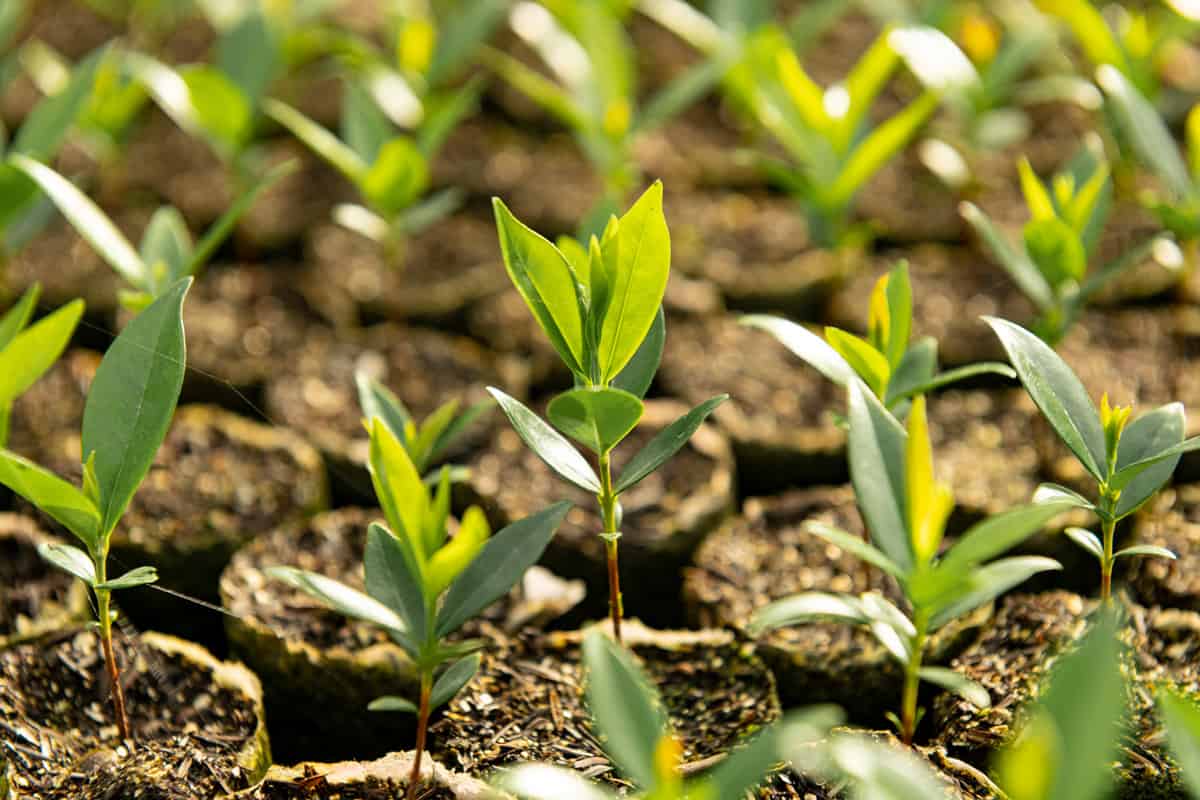
Once all danger of frost has passed, you can transfer your cherry seedlings to their permanent home in your yard. Cherry trees can grow quite large, up to 35 feet tall, depending on the variety, so keep that in mind when choosing where to plant them.
Sweet cherries should be spaced 35 to 40 feet apart, sour cherries 20 feet apart, and dwarf varieties between 5 and 10 feet apart. To ensure successful cross-pollination and fruit set, ensure that two different cultivars are planted within 50 to 100 feet.
Cherry trees need six to eight hours of full sun daily and should be planted in fertile, well-draining soil. Once you choose the perfect spots, harden them off, prepare the soil, and plant them.
Step 7: Care for Your Trees
It can take seven to ten years for fruit to appear on a cherry tree grown from seed. In the meantime, you'll need to care for your cherry tree like any other plant. Water it and make sure the soil stays moist but not too wet. Prune to remove any diseased branches and to keep the tree at a manageable height. Protect it from pests like insects and rodents.
Once the fruit finally appears, enjoy your harvest!
Where Do Cherry Trees Grow Best?
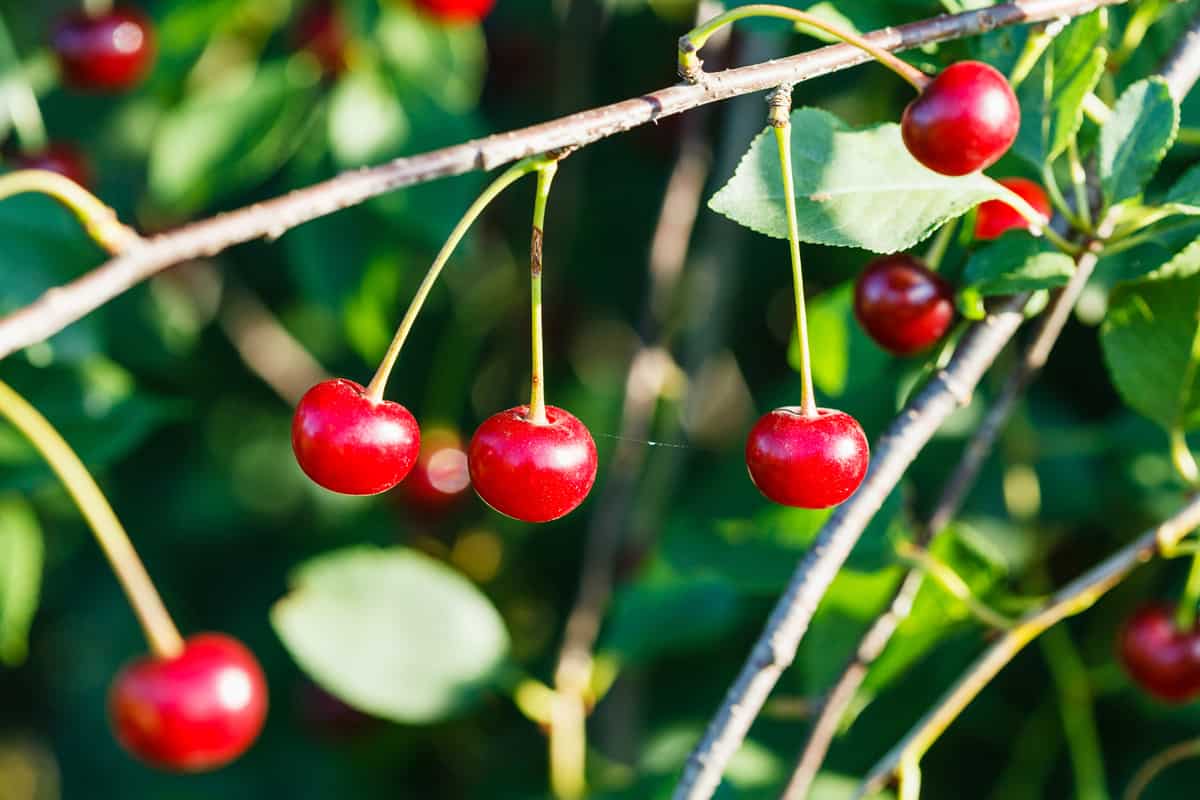
Sweet cherries, which are best for eating fresh, grow in hardiness zones 5 to 7. Sour cherries, which are best for cooking, baking, and preserves, grow in zones 4 to 6.
Cherry trees require up to 700 or more chill hours [hours below 45 degrees] to set fruit. If winters in your area do not have enough cold days, your trees might not produce much fruit. Once you determine your zone and the number of chill hours you get in a typical winter, you can select the variety of cherry tree that will grow best for your area.
Can You Grow Cherry Trees in Pots?
You will have the best success growing a cherry tree in a pot if you choose a dwarf self-pollinating variety. Choose a large pot with drainage holes. For a 5-foot tree, you will need a 15-gallon pot. Your tree could grow up to 10 feet tall, so plan to repot it if necessary to prevent it from getting root bound.
Keep it in a spot with as much sun as possible and good air circulation. Water it regularly, and fertilize it in the spring and after it produces fruit.
In Closing
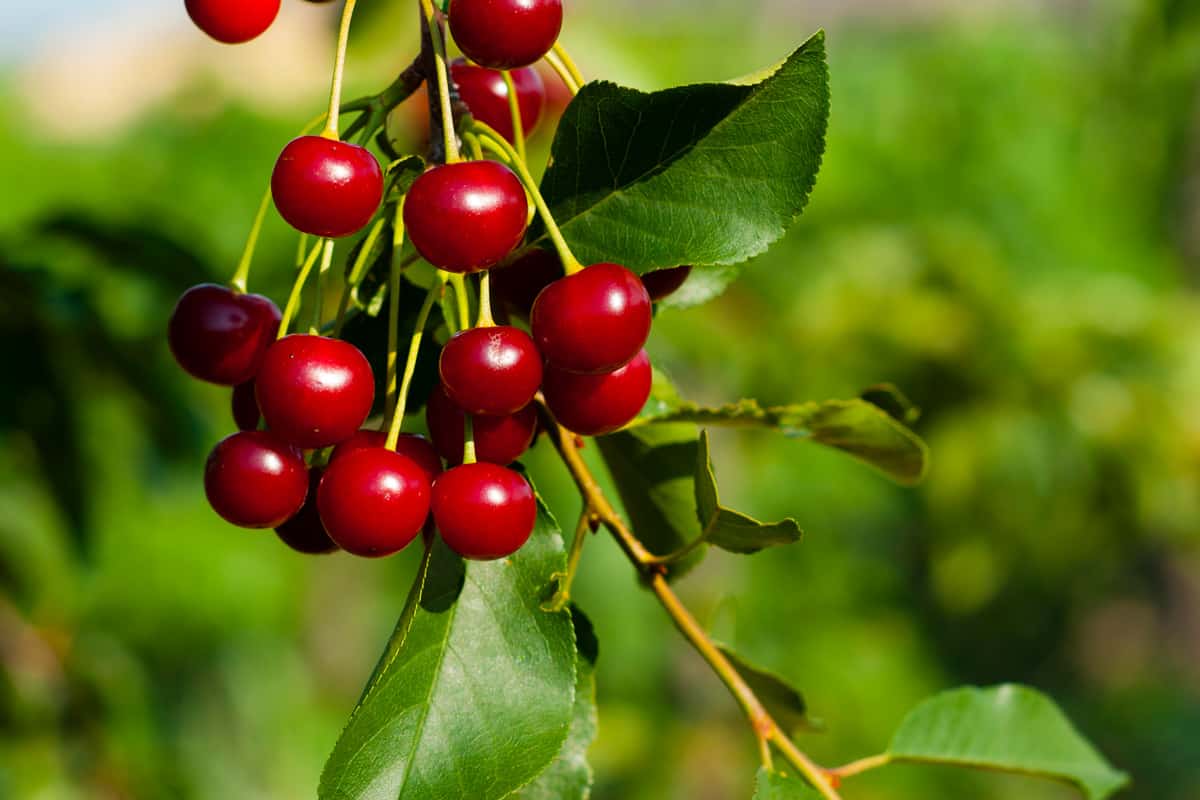
Growing a cherry tree from a pit can be a fun gardening experiment. Although you might not grow a tree with cherries that you recognize, you are sure to create a beautiful tree that can add shade and interest to your yard. And you just might create a surprising new cherry variety.
For more tips on growing fruit trees, check out these articles:

